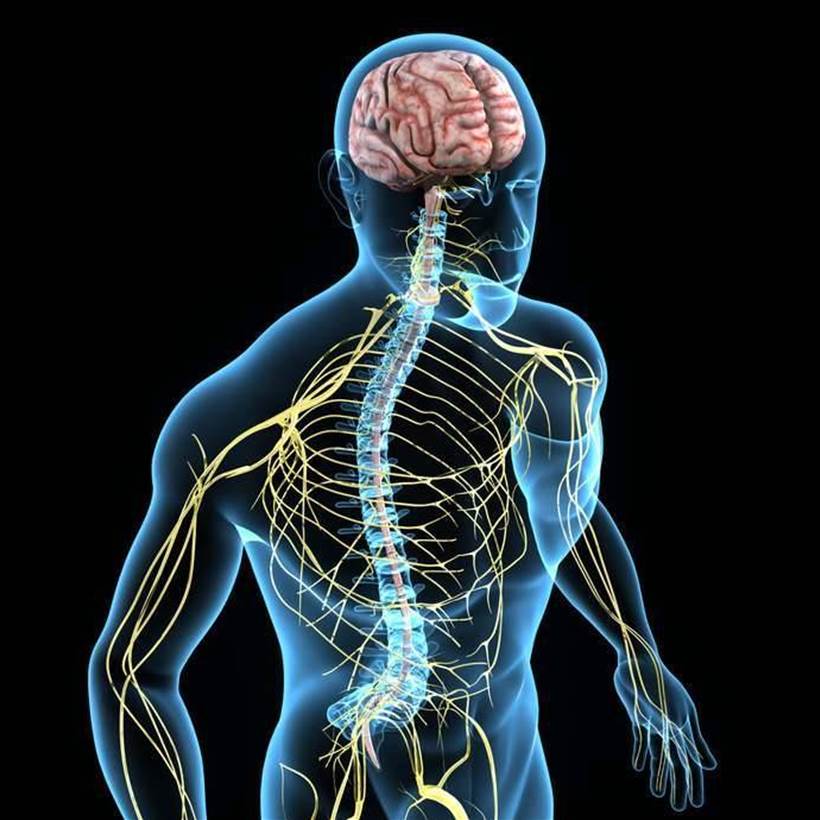About Synchronicity
Synchronicity records and monitors information captured directly from devices implanted within patients into therapeutic algorithms to produce real time patient monitoring on an ongoing basis. It then transmits the data to the main server via the patient's phone. The aim is to develop a system whereby hospital staff can determine necessary interventions in the patients care to diagnose and treat patient cases more effectively and for remote monitoring of the patient to reduce the time the patient needs to remain in hospital.
Currently, AnatomicsRx and its partners are developing DuraShield® and InSync™.
- DuraShield is an ultra-thin silicon micro sensor sheet that is used after neurosurgery for stroke and trauma. Critical data regarding brain pressure, temperature, oxygenation and electrical activity are captured and transmitted.
- InSync is an implantable telemetric device that allows non-invasive transfer of data to and from an external electronic device providing therapeutical monitoring of patients in real time.
Synchronicity software processes this patient specific information so that therapeutic interventions may be planned and implemented. Numerous other implanted devices and sensors can be integrated into the Synchronicity platform by the user. No technical support or changes will be needed.
Articles
Read the latest news about Synchronicity.

Google invests $945m in Bio engineering
Information Age, ACS Mon, 8 Aug 2016The devices target irregular or altered impulses that occur in illnesses such as arthritis, diabetes and asthma.
"Many of the processes of the human body are controlled by electrical signals firing between the nervous system and the body's organs, which may become distorted in many chronic diseases," GSK?s global vaccines chairman Moncef Slaoui said.
"Bioelectronic medicine's vision is to employ the latest advances in biology and technology to interpret this electrical conversation and to correct the irregular patterns found in disease states, using miniaturised devices attached to individual nerves. If successful, this approach offers the potential for a new therapeutic modality alongside traditional medicines and vaccines."

Chem-Phys patch: Engineers take first step toward flexible, wearable, tricoder-like device
Tech Xplore Mon, 23 May 2016
University of Pennsylvania engineers 3D printed transistors made from nanocrystal inks
Ji-Hyuk Choi, et al , sciencemag.org Fri, 8 Apr 2016'This is the first work,' Choi said of the success, 'showing that all the components, the metallic, insulating, and semiconducting layers of the transistors, and even the doping of the semiconductor could be made from nanocrystals.'






